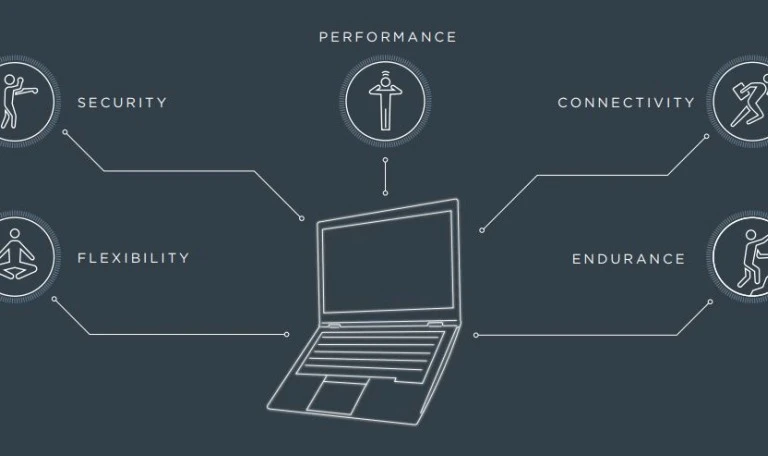The NHS deals with over one million patients every 36 hours, and its net expenditure is expected to hit more than £120bn in 2016-17. To handle this growing demand, the organisation's IT operations have been forced to adapt, adopting a digital-first approach. By 2020, all patient records should be accessible and shareable online – but that’s just the start.
“It’s a huge opportunity to transform the way the NHS works and patients receive treatment,” says Paul Hennin, senior director, EMEA, at Netskope. “Trusts can take advantage of the cloud to empower clinical staff and boost productivity."
The benefits could be huge: “Services can be delivered faster and more effectively, and at a lower cost,” Hennin says. And by embracing the cloud, the NHS may be able to do more with less.
Flexible structure
The public perception of the NHS’s IT projects hasn’t quite recovered from the very public – and very expensive – failure of the Patient Records System, which cost taxpayers an estimated £10bn.
But this focus is unfair. From the outside, the NHS looks like a single entity. In reality, it’s made up of hundreds of separate trusts, clinical commissioning groups and professional support organisations.
While the federated structure of the NHS makes top-down IT projects difficult, it also creates an ideal test bed for agile, responsive implementations that can directly improve services for patients. In one example, Bolton NHS Foundation Trust created a virtual desktop that’s secure and easily accessible by its clinicians working across 30 locations in the local area.
Working with IT provider Citrix, the system’s single sign-on technology makes access simple, while radio-frequency identification (RFID) allows desktops to be unlocked with a single swipe of an ID badge.
The shift, which happened at the same time the trust updated its ageing desktop estate, was driven by one goal: consistency. The system ensures clinicians have access to all the data and information they need, speeding up decision-making and reducing bureaucracy.
Strategic focus
In 2015, NHS Scotland laid out its plans on using cloud computing to transform public sector services. NHS England has yet to set out its plans, but that hasn’t stopped organisations like Informatics Merseyside from partnering with IT firm SCC to create what it calls “the UK’s first healthcare cloud”.
Technology clearly has the and, as part of this approach, a team of public and private-sector experts are conducting a systematic assessment of provisions and helping NHS organisations develop a cloud system that meets and exceeds the complex and demanding security challenges.
As NHS organisations begin to embrace cloud services, there is also a greater acceptance of commercial partnerships, previously viewed negatively within the NHS.
The NHS is aware it needs to partner with external organisations to help power this transformation. It’s making life easier too, with new procurement systems like the Crown Commercial Service removing red tape.
Security concerns
In 2015, the Information Commissioner’s Office (ICO) was given the power to audit NHS organisations, something previously reserved for government departments. It illustrates a growing concern that NHS organisations may not be capable of protecting their data in the modern era. Earlier this year, Barts Health Trust, the largest NHS trust in England, was the latest NHS organisation targeted by hackers – and it won’t be the last.
In September 2016, cloud-provider Netskope published the results of a series of freedom of information requests into cloud app use at hospital trusts, and the results weren’t encouraging. Some NHS trusts were clearly unable to manage the complexities and risks of introducing and managing cloud computing systems.
So what’s the solution? “Cloud is already so entrenched and the benefits so widely recognised that you can’t put it back in a box,” Hennin says.
While the NHS may have a commitment to go paperless by 2020, legal constraints and bureaucracy are large roadblocks to the development of a national solution. In any case, experts like Hennin believes this is impractical. Instead, NHS organisations must forge their own path.
“NHS trusts should arm employees with access to secure cloud services while controlling cloud usage” Hennin says. This creates a situation where “productivity is not curtailed and employees are not pushed to use riskier services without IT [departments’] knowledge”.




